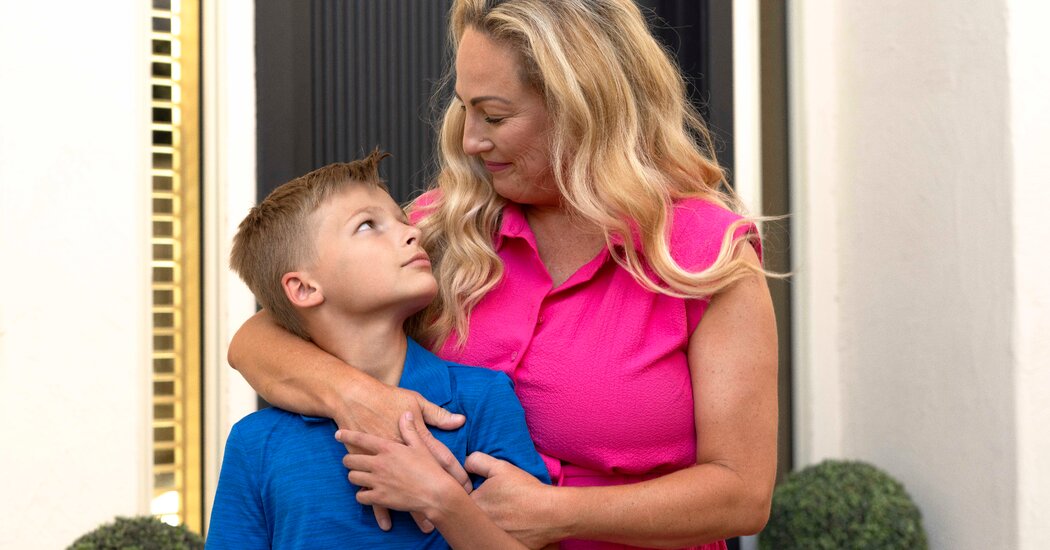Millions of parents have paid to bank blood from their infants’ umbilical cords. But storage companies have misled them about the cells’ promise.
Pregnant women are bombarded with advertisements — on social media, in childbirth classes, even in their doctors’ offices — urging them to bank the blood in their baby’s umbilical cord and gain “peace of mind.”
Private banks claim that the stem cells inside the blood are a powerful tool to have on hand in case a child one day becomes seriously ill. They charge several thousand dollars upfront for storage plus hundreds more every year thereafter.
But an investigation by The New York Times found that leading banks have consistently misled parents about the technology’s promise. The few parents who try to withdraw samples often find that they are unusable — either because their volume is too low or they have been contaminated with microbes.
Here’s what parents should know about cord blood banking.
Cord blood is often marketed as an up-and-coming medical technology. In reality, its use is declining.
In the 1990s, transplant doctors saw cord blood as a promising new source of stem cells for patients with sickle cell anemia and leukemia who could not find suitable matches from their families or bone marrow donor registries.
The major cord blood banks — Cord Blood Registry, ViaCord and Cryo-Cell — told The Times that the cells they store had saved children’s lives and that no one knew what scientists may one day discover.
